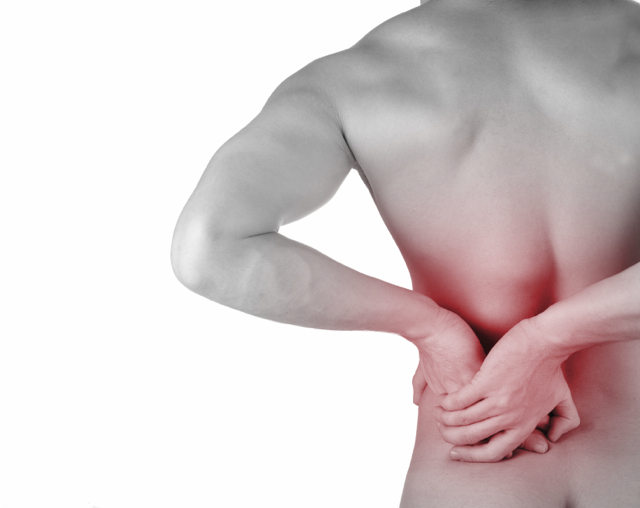Training is hard. We put our bodies through their paces, stressing our muscles and other tissues in the process. When done right, neural or nerve connections become stronger, muscles and tendons grow, and even bones restructure so we’re better adapted for more training.
It’s a fine balance however that even the most diligent among us sometimes get wrong and we invariably meet with injury…It’s really important to understand that injury, pain and discomfort are a normal part of the lives of active people but what matters most is how we manage it when it happens.

For some it will be tempting to power through, writing off the pain as an inconvenience or simply ignoring it altogether. Others might stop training entirely and wait for the injury to heal. Neither option is ideal. Powering through an injury simply compounds the problem which ALWAYS eventuates in forced rest for longer durations. While stopping exercise entirely is actually counterproductive to the healing process, not to mention we lose any gains we’ve made at a rate much faster than it took us to build.
The breakdown and repair process our bodies undergo during training are the same processes that occur during injury recovery. Everything just happens on a larger scale. If we think of training as a form of controlled trauma, deliberately causing stress and strain to stimulate growth, then it stands to reason to utilise the same principles for training to injury recovery, with a few modifications.
Keep moving
Blood flow is key to almost everything our bodies do. It brings nutrients to fuel movement but also for building new tissue, and takes cellular waste away. During injury recovery collagen fibres deposit in a haphazard fashion at the site of trauma. If you immobilise the injured area too much then scar tissue builds up in orientations that will be unfavourable later on. Maintaining enough movement keeps the blood flowing, and also ensures new tissue fibres are laid in the correct orientations for future stresses without impeding mobility.
Movement should always be within relatively pain free ranges of motion and under loads that feel safe and comfortable. Pain can vary a lot but usually it signifies something is wrong, and in this instance, acute pain indicates tissue damage.
We want enough movement to stimulate blood flow but not so much as to unravel the newly rebuilt tissues.
Train everything that isn’t injured.
This might mean only training one limb and not the other, or just the upper or lower half, but it’s important to keep the rest of you as strong as you can. We train to improve, and when we stop that progress doesn’t just stop it reverses. Maintaining training will slow if not halt that reversal, and the stronger we stay the easier it will be to going back to the full swing training once we’re fully recovered.
Change how you move
We’ve all been taught form and posture when we train. It means utilising our bodies correctly to perform a task efficiently, effectively and safely. But there’s never just one way to perform a task. Variations mean we can change the focus if we know what we’re doing. The simplest example would be a push up. Having a wide grip stresses the pecs more while a narrow grip focusses on the triceps. Your shoulder also functions slightly differently in the two variations. The change in angles could mean the difference between a pinching pain during the movement or completely pain free motion so don’t be afraid to experiment or play with movements just be sure to do it with out load and in a safe environment until you’re something works for you.
Certainly not all injuries are quite so simple. The weight and rep range of an exercise will most likely need adjusting to suit the injury. Often this means reducing the weight and increasing the rep, or even changing from a concentric movement to an isometric exercise. You’re still activating the muscle against resistance, you just don’t move in the process… this sort of strategy is a classic rehab strategy because it has the added benefits of reducing pain perception in many cases and most importantly it stimulates collagen deposition in tendons, which is a good thing for those tendon injuries.
Ultimately it’s the same exercise working the same muscles. But with a bit of creativity we can shift the focus to maintain pain free motion that emphasises recovery.
If you’re not sure what’s wrong or how to handle it best – see one of our osteopaths, we can help you achieve all of the things you need to, to get back to training at your best.



